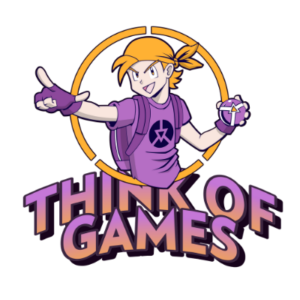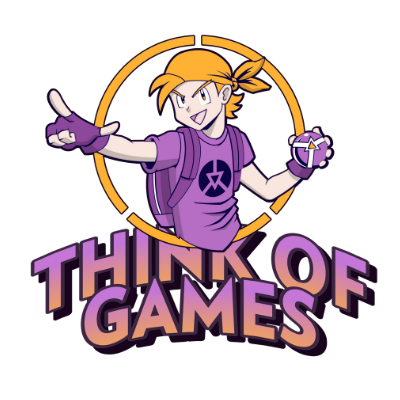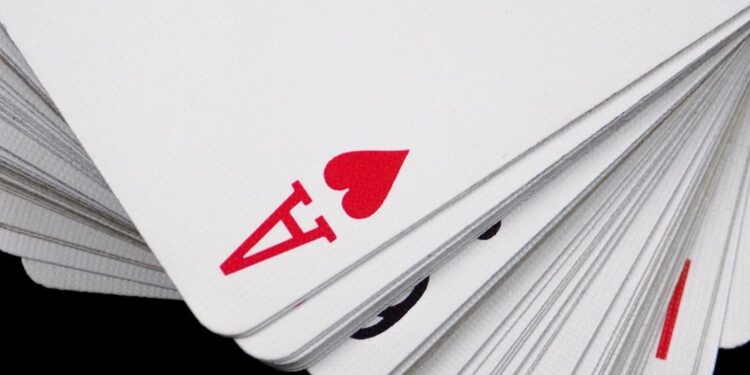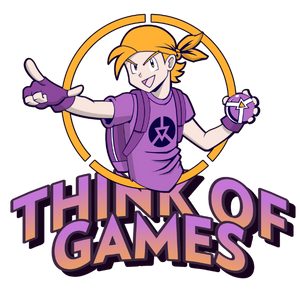Younger players may not remember, but making money at online poker sites in the ’90s wasn’t anything close to how it looks today. Most of us started at Paradise, which ran on dial-up, payments dragged for days, and had the tiny player pool of 10k-15k, full of sharks waiting for your money.
Fast forward, and poker has come into its brightest era. With more than 150 million active players across all levels, the games are packed with action, and even newcomers have a fair shot if they play with a bit of strategy.
You can sit down at BetOnline or CoinPoker and play anything from No-Limit Hold’em to Omaha or Pot-Limit Omaha without even thinking about the issues that once defined online poker. Games are running all the time, tournaments keep the action steady, and rakeback and bonuses reward you for staying in action.
Cashouts that once took weeks now clear in minutes, with plenty of ways to move money in and out. As Gavin Beech points out, the best casinos accept a wide range of payment methods – from crypto to standard bank transfer (source: https://readwrite.com/gambling/poker/texas/).
And the big difference is trust – back then, you never really knew if the games were fair; today that part’s taken for granted.
Online Poker’s Growth Into a Global Industry
Online rooms started small, with only a few hundred players on Planet Poker in the late ’90s, but today they sit among the biggest segments of online gaming. By 2024, it was pulling in close to $3.86 billion, with projections putting it well past $6.9 billion by 2030.
The jump isn’t only about money, though – it shows how the game has worked its way into everyday life. Once it moved from desktops onto phones, people could jump in anywhere, and it stopped feeling like something you had to carve time out for.
Then came the wave of regulation across key markets, giving players more confidence in where they put their money. Mobile helped drive that shift – according to DemandSage, more than 80% of online gambling worldwide now happens on mobile devices, which is exactly why poker had to follow the same path, reaching players who never would’ve logged in during the dial-up era.
With that mix came different tastes in how people wanted to play. Texas Hold’em stayed at the center because it’s easy to learn and quick to follow, but as the pool got bigger, Omaha started building its own base with players who liked the swings and deeper pots.
And with today’s platforms running smoothly and security locked in, it’s hard to even compare it to the Paradise days when connections dropped and withdrawals crawled.
How Online Poker Exploded in 2003
After qualifying online for just $39 and winning $2.5 million at the World Series of Poker in 2003, Chris Moneymaker showed that an ordinary player could take down the biggest stage, and that win was everywhere – on ESPN, in newspapers, even in barroom conversations with people who’d never played a hand.
Overnight, people who’d never played anything more serious than kitchen table poker started flooding these sites, and the platforms were completely unprepared for what hit them. They had to upgrade everything – their servers kept crashing, the software looked like it was built in someone’s garage, and trying to get your money in or out was a nightmare of sketchy wire transfers and waiting weeks for checks.
But they figured it out pretty quickly because there was so much money flowing in. The big sites started running TV commercials during ESPN poker broadcasts and sponsoring live tournaments, basically following wherever the players’ attention went.
Meanwhile, smaller sites tried hanging on by targeting certain countries or niche games, but most of them couldn’t compete and closed down. By 2006, the scale was unrecognizable – millions of players logging in, prize pools climbing into the millions, and online rooms running around the clock with every type of player at the tables.

Why Trust Became Everything
Once billions started flowing through these sites, governments woke up to what was happening. The UK created proper licensing in 2005, making sites prove they kept player money separate from operating funds.
The US went the opposite way – banned online poker in 2006, then the DOJ seized PokerStars and Full Tilt Poker on Black Friday 2011. Full Tilt owed players $300 million they didn’t actually have, while Ultimate Bet had insiders literally seeing players’ hole cards to cheat them.
After getting burned like that, nobody cared about bonuses anymore – they wanted to know if they could actually withdraw their money. PokerStars bought Full Tilt and paid back all those players, which cost hundreds of millions but basically made them the only site people trusted.
The chaos built the industry, but it took some spectacular failures to prove that running it straight was more profitable than running a scam.
What’s Next?
Online poker has never stopped changing, and it probably never will. Technology, regulation, and the sheer scale of the player base keep pushing it into new territory. What once felt like a gamble just to sit down is now a polished global industry, but the core hasn’t shifted – millions of people still log in every day chasing the same rush of reading an opponent and dragging the pot.




















